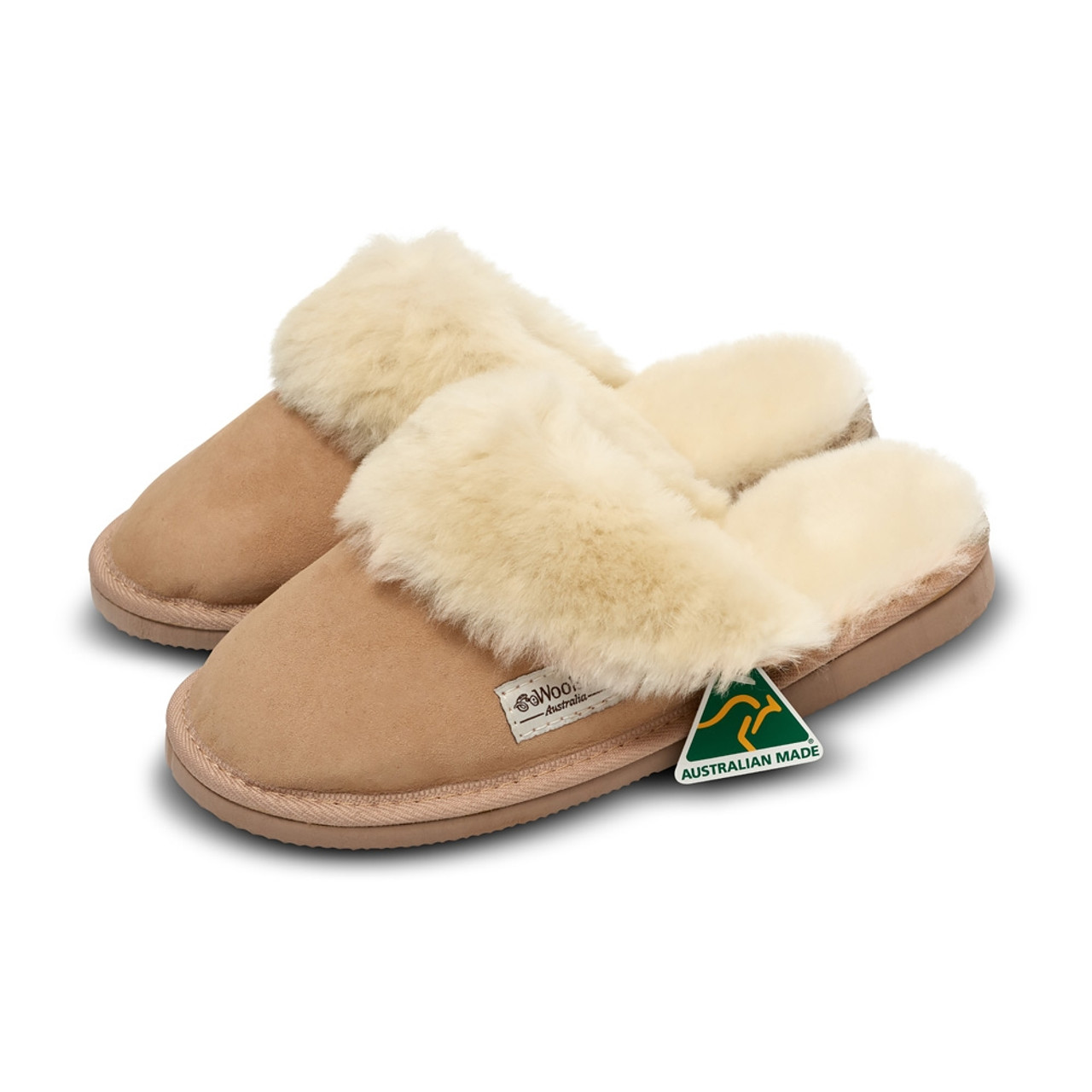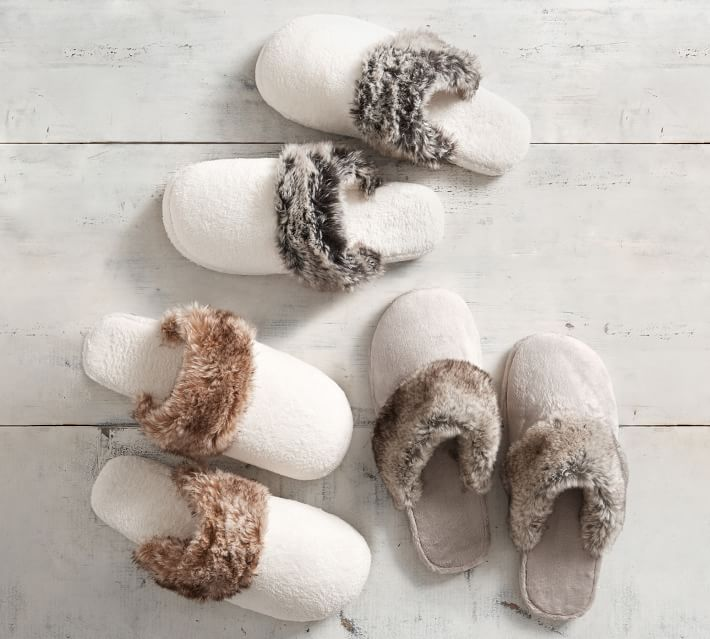As we head into the winter season, slipper buyers in the B2B space are faced with an important decision. What kind of slippers should you buy for your market? Whether you’re buying for retailers, hotels, wellness centers, or any other market, the demand for slippers goes up significantly during the winter months. You need to know what to look for when you’re buying slippers for your market.
In this guide, we’ll talk about the key factors you need to consider when you’re buying winter slippers. We’ll talk about the different types of materials and styles that work well during the winter months. We’ll also talk about how to make sure you’re buying the right slippers for your market. Let’s get started talking about the key things you need to know when you’re buying winter slippers for your B2B market.

1. Market Demand for Winter Slippers
Before you buy winter slippers, you need to understand the demand in your market. During the winter months, people want cozy, warm, and functional slippers. This is true across many different markets, including retail stores, the hospitality industry, and the wellness industry.
Retail Market
People are looking for slippers to wear during the winter months. They want slippers that are comfortable, warm, and stylish. Retailers will need to have a wide variety of slippers available. This includes traditional slipons, moccasins, and bootie slippers with thermal linings.

Hospitality Industry:
Hotels, resorts, and spas buy slippers to provide a little extra comfort to their guests during the winter months. They may be looking for slippers that are eco-friendly, durable, and cozy. They want slippers that say “luxury,” but they also need them to be functional.

Corporate Gifts and Wellness Programs
Many corporations buy slippers as part of winter wellness packages or to give as gifts to their employees. These slippers need to be practical, stylish, and easy to brand with logos or custom designs. Understanding these specific markets will help you decide what products to buy and how to cater to their specific needs.
2. Types of Winter Slippers and Their Key Features
Slippers come in many different designs and materials. It’s important to know what’s available so you can buy the right slippers for your market. Here are some of the most popular types of winter slippers:
a) Closed-Toe Slippers

Closed-toe slippers are great for the winter months because they keep your feet warmer. These are perfect for markets where people are more interested in warmth than how the slippers look.
- Features: Thick soles, thermal linings, plush interiors
- Best For: Retail, hospitality, and corporate gifting
- Popular Materials: Wool, fleece, faux fur, and memory foam
b) Bootie Slippers

These slippers cover your ankle, so they keep your feet even warmer. These are great for people who live in areas with really cold winters.
- Features: Ankle-high design, insulated materials, extra cushioning
- Best For: Hospitality and outdoor-focused retail sectors
- Popular Materials: Sheepskin, suede, and faux fur
c) Moccasin Slippers

Moccasins are slippers that fit your feet snugly. They are often lined with wool or fleece. These are great for people who want to wear slippers indoors during the winter months.
- Features: Soft sole, durable stitching, cozy lining
- Best For: Casual retail and home-use markets
- Popular Materials: Leather, suede, fleece, and wool
d) Heated Slippers
Heated slippers are becoming more popular, especially for people who live in really cold climates. These slippers have built-in heating elements that are powered by batteries or USB ports.
- Features: Battery-operated heating, extra padding
- Best For: E-commerce and niche retail markets
- Popular Materials: Plush fabric, memory foam, and cotton
3. Key Factors to Consider When Purchasing
As a B2B buyer, there are several things you need to consider to make sure the products you buy are high quality and meet the demand in your market.
a) Insulation and Warmth

Winter slippers need to be insulated to keep your feet warm. Some materials that are known for their insulation properties include fleece, wool, faux fur, and sheepskin. Make sure the slippers you buy are insulated enough to keep your feet warm in cold temperatures.
b) Durability
Durability is important when you’re buying for B2B buyers. This is especially true if you’re buying for the hospitality or retail industries. Make sure the slippers you buy are made from quality materials that will hold up to frequent use. Look for slippers with reinforced stitching, nonslip soles, and quality lining.
c) Comfort and Fit
Winter slippers should be comfortable, especially if they are for indoor use. Look for slippers with memory foam insoles, ergonomic designs, and soft linings. These are important features, especially if you’re buying slippers for the wellness or hospitality industries. These buyers need to make sure their customers are comfortable.

d) Style and Aesthetics
Style matters, even when it comes to winter slippers. Retail buyers are going to want slippers that are both fashionable and functional. Make sure you have a variety of colors, designs, and finishes available to meet the needs of your fashion-conscious customers.
e) Eco-Friendly Materials
Sustainability is becoming more important to businesses. Slippers made from eco-friendly materials like organic cotton, recycled fabrics, or vegan leather are becoming more popular. Many companies want to buy sustainable slippers because it aligns with their corporate social responsibility goals.
f) Cost and Bulk Purchasing Options
B2B buyers often buy slippers in bulk. You need to make sure you have competitive pricing, especially for wholesale orders. Look for suppliers that have tiered pricing models for bulk orders. This way, you can get a better price per unit. Also, consider shipping costs, minimum order quantities, and delivery times when you’re making your buying decision.
4. Selecting the Right Materials for Winter Slippers
The material you choose for your winter slippers will affect everything from how comfortable they are to how long they last to how good they look. Here are some of the most popular materials:
a) Wool

Wool is one of the best materials for winter slippers because it’s naturally insulating, moisture-wicking, and breathable. People in cold climates love wool-lined slippers.
- Advantages: Excellent warmth, breathable, moisture-wicking
- Best for: Retail and hospitality sectors
- Cost: Mid to high range
b) Sheepskin

Sheepskin is another premium material. It’s soft and helps regulate temperature. It’s super comfortable and warm, which is why you see it in high-end retail and hospitality.
- Advantages: Super soft, insulating, durable
- Best for: Luxury retail and high-end hospitality markets
- Cost: High
c) Faux Fur

Faux fur is a more affordable option. It’s designed to look and feel like real fur without the price tag. You’ll find faux fur in mid-range slippers for people who are more budget-conscious.
- Advantages: Soft, affordable, cruelty-free
- Best for: Casual retail markets
- Cost: Low to mid-range
d) Memory Foam
Memory foam insoles are an extra layer of comfort that are becoming more and more popular in winter slippers. They conform to the shape of your foot, so you get customized support.
- Advantages: Comfort, support, durability
- Best for: Wellness programs, spas, and high-comfort retail
- Cost: Mid-range
5. What to Look for in a Manufacturer
As a B2B buyer, choosing the right manufacturer for your winter slipper supply is critical to ensuring you get quality products delivered on time. Here are the top things to consider when choosing a manufacturer:
a) Production Capacity and Lead Times

Make sure the manufacturer can handle your order size and deliver on time. Some manufacturers have limited capacity during the peak winter season, so you need to make sure they can get your order to you when you need it.
b) Customization Options
In the B2B world, being able to offer customized products can set you apart from your competitors. Look for manufacturers who can do custom branding, packaging, or designs for your winter slippers.
c) Certifications and Compliance
Make sure the manufacturer follows safety, quality, and environmental standards. For example, they might have ISO certifications or comply with EU regulations. These things are important for you to maintain trust with your buyers.

d) Sustainability Practices
More and more buyers are concerned about sustainability. So, if you can partner with manufacturers who use eco-friendly materials or have sustainable practices, that can be a selling point for your wi
e) Price Negotiation and Contract Flexibility
Negotiate prices, especially if you’re buying in bulk. Manufacturers should be flexible with payment terms, minimum order quantities, and contracts.
6. Trends in Winter Slipper Design for 2024
Staying on top of design trends will help you offer the most attractive products to your market. Here are some of the key trends for winter 2024:
- Eco-Friendly and Sustainable Slippers: People are more and more interested in products that have less impact on the environment. Look for slippers made from recycled materials, organic cotton, or other sustainable sources.
- Heated Slippers:The demand for heated slippers continues to grow as more people look for extra warmth. USB or battery-powered heated slippers are expected to be popular this winter.
- Luxury Slippers: For high-end buyers, especially in the hospitality industry, luxury slippers made from premium materials like sheepskin or real leather are a hot trend.

- Personalized Slippers: Customization is a big deal in the corporate gift world and the luxury retail market. Think about offering customization like embroidered names, logos, or patterns.
Conclusion
Winter is a great time to sell slippers, and B2B buyers need to make smart buying decisions to meet the needs of their customers. Focus on the right materials, comfort, warmth, and style to get the best products for your market. Make sure you work with reliable manufacturers, offer customization options, and stay on top of the latest trends to make the most of your winter slipper sales in 2024.


